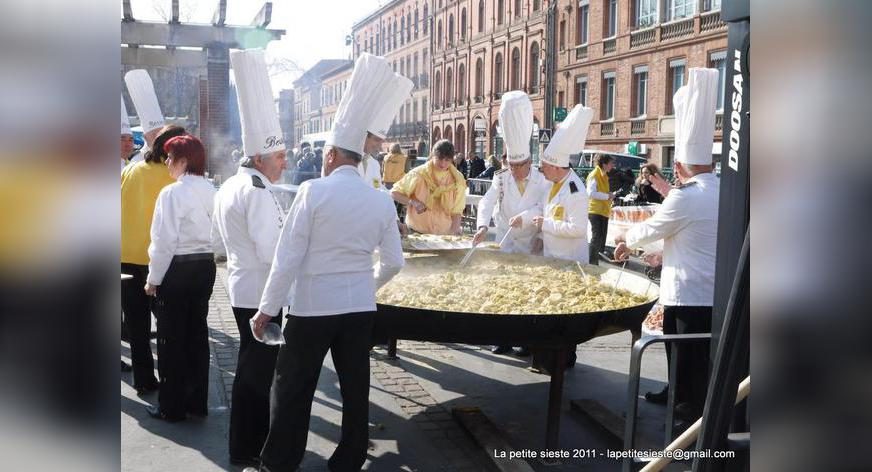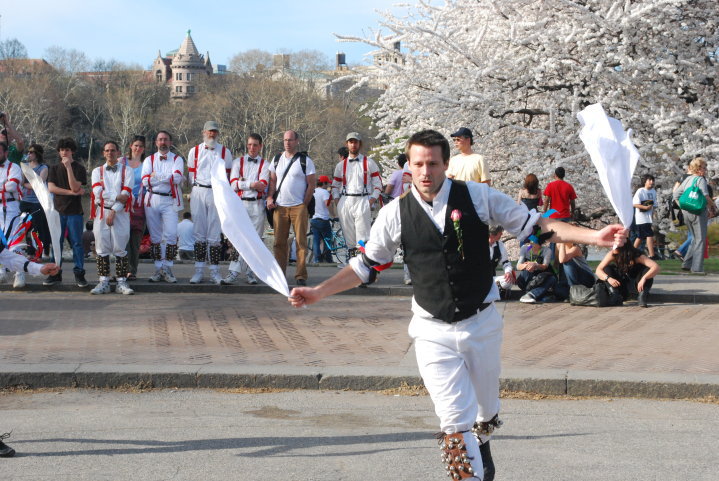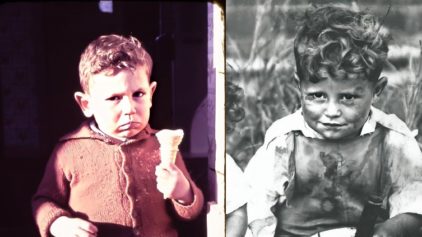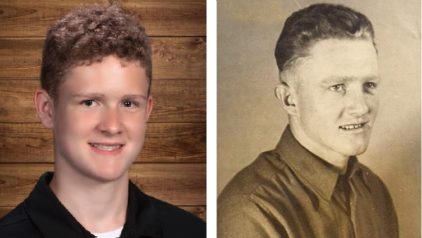

 Just in time for this year’s Easter weekend, we’re rounding up fun Easter facts and traditions from around the world. Ever wonder where the first chocolate eggs were made? Or the history of the Easter Bunny? Or why Australians have campaigned to replace the traditional bunny with a bilby?
Just in time for this year’s Easter weekend, we’re rounding up fun Easter facts and traditions from around the world. Ever wonder where the first chocolate eggs were made? Or the history of the Easter Bunny? Or why Australians have campaigned to replace the traditional bunny with a bilby?
Here are a few fun Easter facts:
• Over 90 million chocolate Easter bunnies are made each year.
• 76% percent of people eat the ears on chocolate bunnies first.
• According to the Guinness Book of World Records the largest Easter egg ever made was just over 25-feet high and made of chocolate and marshmallow. The egg weighed 8,968 lbs. and was supported by an internal steel frame.
• Americans buy more than 700 million Peeps – making Peeps the most popular non-chocolate Easter candy.
• 16 billion jelly beans are made specifically for Easter – enough to fill a plastic egg the size of a 9-story building.
• An estimated 80% of parents carry on the tradition of the Easter Bunny by preparing a surprise Easter basket filled with goodies for their children and around 90% of adults hope for their own Easter treat.
Here we’ve highlighted a few Easter traditions from around the world.
In England, professional dance troupes perform the Morris Dance on Easter Sunday. Clad in beautiful white shorts, red sashes, black trousers and straw hats with lots of flowers and streamers, dancers perform old spring dances to frighten away the evil spirits of winter. Red and green ribbons and little bells are tied to the dancers to complete the look.
In Haux, France, a gigantic omelette is cooked in the town square on Easter Monday. Approximately 4,500 eggs are used to create this dish, which is estimated to feed about 1,000 people.
In The Netherlands Easter Sunday starts with a Church service (Paasvuren). Around noon, a rich Easter lunch is served which includes lamb, boiled, poached or fried eggs, paasstol (a loaf of bread filled with raisins, nuts and marzipan), smoked fish, and sweets or chocolates shaped like eggs or rabbits.
In Spain Easter Week, Semana Santa, begins with Domingo de Ramos (Palm Sunday) and ends with Lunes de Pascua (Easter Monday). Easter traditions and rituals are marked by regional flavors of Spain.
Germany is regarded as the birthplace of modern-day Easter icons such as the Easter Bunny and the Easter tree. Children are told the story of the “Easter Bunny” (Osterhase) who hides eggs and chocolates for children to discover on Easter morning. German immigrants to America – allegedly those who settled in Pennsylvania – brought the tradition with them. Today, Easter eggs are exchanged as presents in Germany.
The rich cultural heritage of Poland is seen in the Eastertide celebrations. Dyngus or Smingus Dyngus is celebrated on the first Monday after Easter. On this day boys roam around the neighborhood to sprinkle (or drench in some cases) girls with water or perfume. The custom of watering has its roots in pagan traditions, the pouring of water being an ancient spring symbol of cleansing and purification.
In Australia the Easter Bunny is widely controversial with locals due to the damage rabbits cause to crops. In 1991 a campaign was initiated by the Anti-Rabbit Research Foundation to replace the Easter Bunny with the Easter Bibly (an endangered marsupial native to Australia).
In the US it has long been believed that wearing new clothes for Easter would bring good luck for the rest of the year. Beginning around the mid-1800s, New Yorkers would dress up in their finest for Easter morning services and then stroll down 5th Avenue. Following this custom, and with some influence from the movie Easter Parade, the famous Fifth Avenue Easter Parade was born and to date is a joyous spectacle.
• Have a special Easter tradition to share? Please comment below or here on our Facebook page.


















